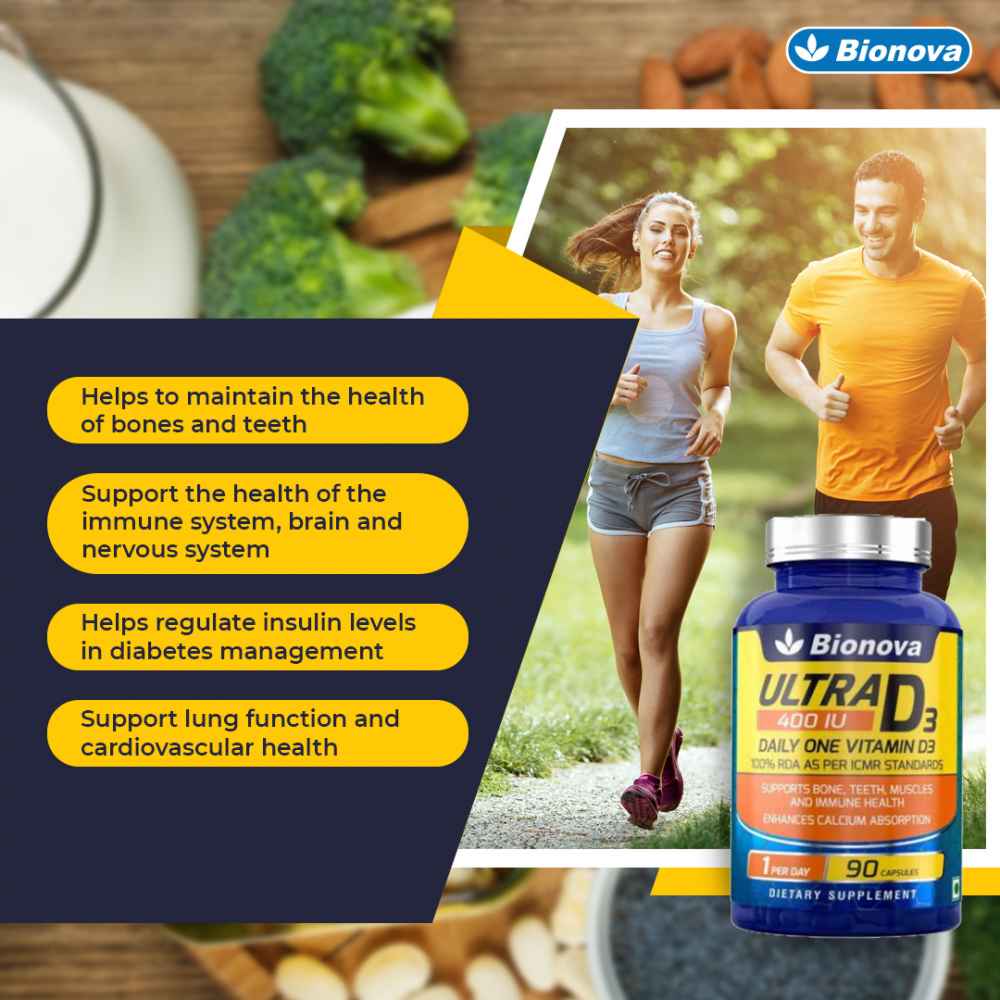Body composition is a term used to describe the different components that make up a person’s body weight. These components are typically divided into two categories: lean mass and fat mass. Understanding body composition is crucial for assessing health and fitness levels, as it provides a more comprehensive picture than just weight or body mass index (BMI).
Lean Mass vs. Fat Mass
Lean Mass: This includes muscles, bones, organs, and other non-fat tissues. Muscle mass is particularly important for strength, endurance, and metabolic health. Bone density is also a key component, influencing overall skeletal health and resilience.
Fat Mass: This includes essential fat, which is necessary for normal bodily functions, and storage fat, which the body uses as an energy reserve. While some fat is necessary, excessive fat, particularly visceral fat around the organs, can lead to various health issues.
Why Is Body Composition Important?
- Health Indicator: Body composition analysis can identify risks for conditions like obesity, heart disease, diabetes, and osteoporosis. High levels of body fat, especially visceral fat, are associated with increased risk of metabolic disorders.
- Fitness Assessment: Athletes and fitness enthusiasts often monitor their body composition to optimize performance and track progress. A higher muscle mass and lower fat mass generally contribute to better athletic performance.
- Personalized Health Plans: Understanding body composition allows for tailored diet and exercise plans. For example, a person with high body fat may focus on fat loss, while someone with low muscle mass may prioritize strength training.
How Is Body Composition Measured?
- Bioelectrical Impedance Analysis (BIA): This method uses a small electrical current to estimate body composition. The current passes more easily through lean tissue than fat, allowing for the estimation of body fat percentage. While convenient and non-invasive, its accuracy can be affected by hydration levels and other factors.
- Dual-Energy X-Ray Absorptiometry (DEXA): DEXA scans provide a detailed breakdown of bone density, lean mass, and fat mass. This method is highly accurate but requires specialized equipment and can be expensive.
- Skinfold Measurements: Using calipers, skinfold thickness at various body sites is measured to estimate body fat percentage. This method is more accessible but relies on the skill of the person taking the measurements.
- Hydrostatic Weighing: This technique involves underwater weighing to determine body density and, subsequently, body composition. It is very accurate but less accessible due to the need for specialized facilities.
- Air Displacement Plethysmography (Bod Pod): Similar to hydrostatic weighing, this method uses air displacement to measure body volume and density. It is accurate and more comfortable for the individual but still requires specialized equipment.
Factors Influencing Body Composition
- Age: As people age, they tend to lose muscle mass and gain fat mass. This change can affect metabolism and increase the risk of chronic diseases.
- Gender: Men and women have different body composition due to hormonal differences. Men typically have more muscle mass, while women have higher body fat percentages, especially in the hips and thighs.
- Genetics: Genetics play a significant role in determining body composition, influencing factors like metabolism, fat distribution, and muscle growth potential.
- Diet: Nutrition profoundly impacts body composition. Diets high in protein can support muscle growth, while excessive calorie intake leads to fat gain.
- Exercise: Physical activity, particularly strength training, can increase muscle mass and reduce fat mass. Aerobic exercises also help in reducing body fat.
Improving Body Composition
- Strength Training: Incorporating resistance exercises like weightlifting can increase muscle mass and reduce fat. This type of training is essential for building lean body mass and boosting metabolism.
- Cardiovascular Exercise: Activities like running, cycling, and swimming can help burn calories and reduce body fat. Combining aerobic exercise with strength training provides comprehensive benefits.
- Balanced Diet: A diet rich in lean proteins, healthy fats, and complex carbohydrates supports muscle growth and fat loss. Avoiding processed foods and excessive sugars is also crucial.
- Hydration: Proper hydration is essential for overall health and can influence body composition measurements, particularly those using bioelectrical impedance.
- Rest and Recovery: Adequate sleep and rest are vital for muscle repair and growth. Chronic sleep deprivation can lead to weight gain and negatively affect body composition.
- Consistency: Long-term commitment to healthy habits is key to improving and maintaining a healthy body composition. Quick fixes and fad diets are typically not sustainable and can lead to muscle loss and other health issues.
Conclusion
Understanding body composition is essential for a comprehensive assessment of health and fitness. Unlike traditional metrics like weight or BMI, body composition analysis provides insight into the balance of muscle, fat, and other tissues in the body. By focusing on improving body composition through a balanced diet, regular exercise, and healthy lifestyle choices, individuals can enhance their overall well-being and reduce the risk of chronic diseases. Whether you’re an athlete aiming to optimize performance or someone looking to improve general health, monitoring and improving body composition is a vital step towards achieving your goals.

